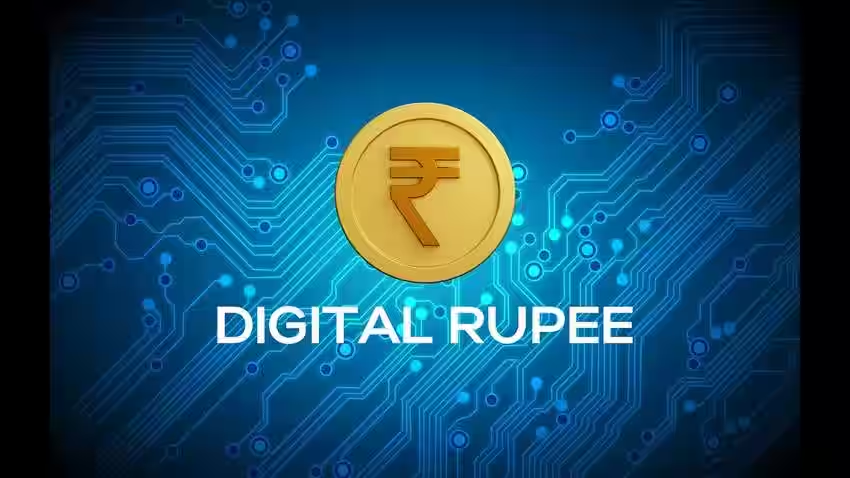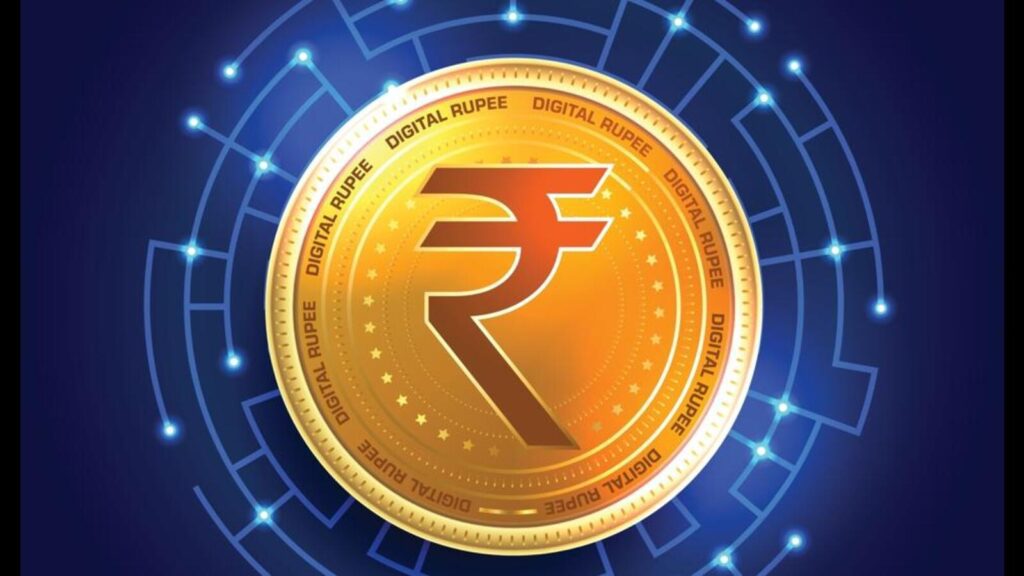Now Reading: RBI’s Digital Rupee Pilot: What It Could Mean for Small Cities and Local Businesses
-
01
RBI’s Digital Rupee Pilot: What It Could Mean for Small Cities and Local Businesses
RBI’s Digital Rupee Pilot: What It Could Mean for Small Cities and Local Businesses

The Reserve Bank of India (RBI) has been quietly testing the future of money through its retail CBDC (Central Bank Digital Currency) sandbox — often called the digital rupee. It’s still in an experimental phase, but the idea is simple: a digital version of cash issued directly by the central bank. While metros have taken the early lead in fintech adoption, the real test for this digital currency lies in India’s smaller cities and local markets.
CBDC is not a cryptocurrency; it’s government-backed digital money that holds the same value as a physical rupee. You can send or receive it instantly without depending on a bank transfer, card network, or UPI server. For small business owners, this could mean faster settlements and lower transaction costs. In Tier-2 and Tier-3 towns, where connectivity is improving but not perfect, a lightweight, offline-enabled digital rupee can simplify daily trade.
Imagine a Kirana store in Nagpur or a local vendor in Indore receiving payment instantly from a customer’s digital wallet — no card fees, no waiting for bank approvals. For shopkeepers, this can reduce reliance on third-party apps and build direct trust with customers. Many small businesses still struggle with delayed UPI settlements or depend on cash, which brings its own problems of handling and accounting. A CBDC could bridge that gap.
For customers, especially in areas where ATMs are limited, digital rupee wallets could make transactions easier and more secure. It’s also useful for people who aren’t fully comfortable with crypto or online banking but are used to digital payments through UPI. Since the CBDC is issued by the RBI, users don’t have to worry about the stability or value fluctuations that come with private digital coins.
However, there are concerns too. The infrastructure for CBDC is still being tested, and it will take time for small merchants to adapt. Digital literacy remains a hurdle, and without proper awareness, some may find it confusing to manage another payment app or wallet. There’s also a question of privacy — every transaction on the CBDC network could technically be tracked, raising concerns about surveillance.
The RBI’s pilot is expected to test real-world use cases such as retail payments, government subsidies, and merchant transactions. If successful, it could lead to broader adoption across states, where digital transactions are still catching up. For local businesses, this is a chance to modernize without heavy infrastructure investments.
In the end, the digital rupee isn’t just about technology — it’s about inclusion. If designed and implemented right, it can help bring digital finance closer to people who still rely on cash, giving small cities a chance to participate more fully in India’s digital economy. The question now is how quickly and carefully India can make this transition without leaving anyone behind.

























